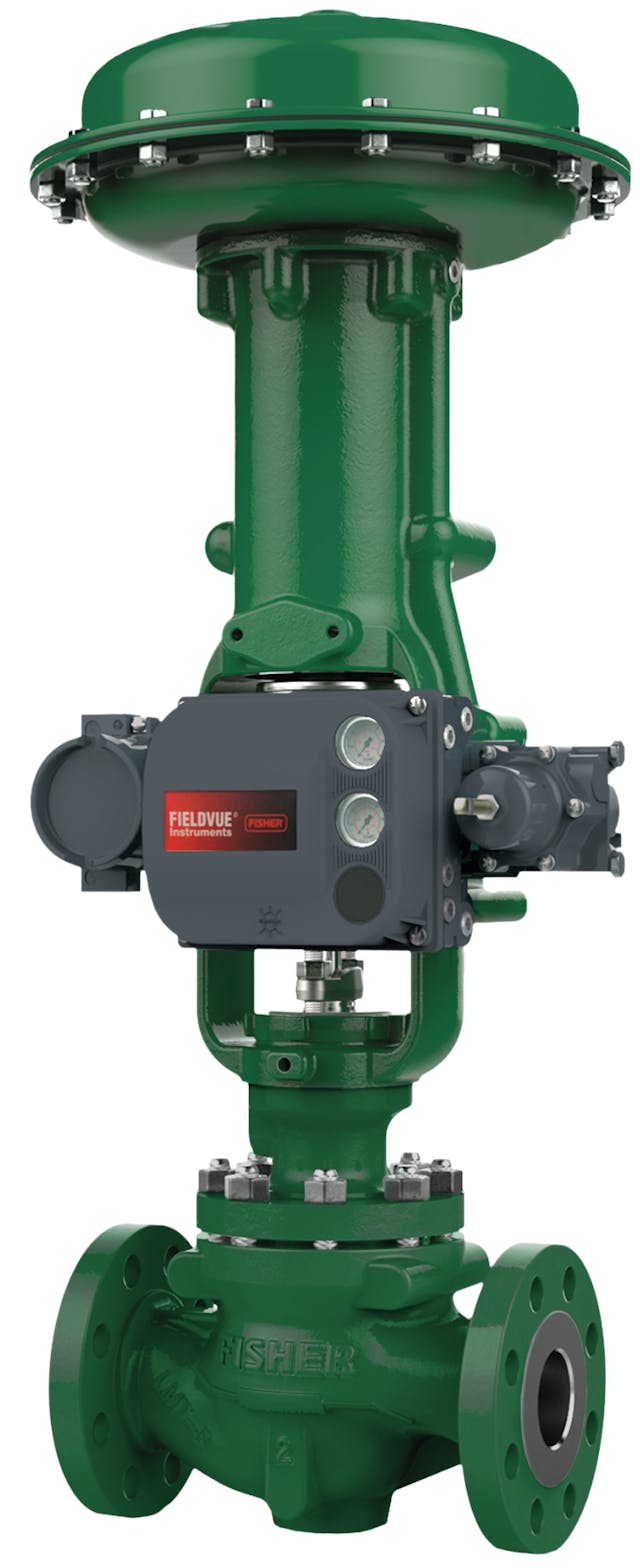Exploring the Functionality of Modern Control Valves in Industrial Applications
Exploring the Functionality of Modern Control Valves in Industrial Applications
Blog Article

Maximize Energy Cost Savings and Comfort With Advanced Building Automation Controls
In the world of contemporary design and center monitoring, the integration of sophisticated structure automation manages stands as a crucial innovation. By utilizing the power of automation, buildings can adapt, respond, and develop in means that were as soon as unbelievable.
Power Efficiency Conveniences
Energy efficiency advantages can considerably decrease energy usage and operational prices in buildings. By applying energy-efficient methods and technologies, building owners and drivers can achieve substantial financial savings while additionally adding to environmental sustainability. Among the main advantages of improving energy effectiveness in buildings is the decrease of utility expenses. Energy-efficient systems, such as innovative building automation controls, can optimize the usage of resources like air conditioning, heating, and lighting, bring about lower energy costs with time.
Furthermore, enhanced energy efficiency can prolong the lifespan of structure tools and systems. By running more effectively, heating and cooling systems, light, and other structure elements experience less deterioration, resulting in lowered maintenance and substitute expenses. Furthermore, energy-efficient structures usually regulate greater building worths and rental prices, providing long-term financial benefits to proprietors.
In addition, power effectiveness can enhance occupant convenience and efficiency. Properly managed interior environments with optimal illumination and thermal problems produce an even more conducive and positive workspace, causing boosted staff member satisfaction and performance. In general, the energy effectiveness benefits linked with sophisticated structure automation controls are multifaceted, incorporating cost savings, environmental stewardship, and occupant wellness.
Boosted Comfort Control
Enhancing comfort control in structure environments requires a sophisticated combination of sophisticated automation systems for optimal resident wellness. By making use of innovative building automation controls, centers can tailor the indoor environment to meet the details requirements and choices of residents. These systems allow precise regulation of ventilation, temperature level, and lighting, producing a efficient and comfortable atmosphere. Resident contentment and efficiency are closely linked to thermal comfort, making it vital to have systems in position that can adapt to changing conditions in real-time.
By integrating these advanced controls, buildings can not only improve convenience but likewise improve energy performance by maximizing system operations based on real tenancy and use patterns. Inevitably, prioritizing passenger comfort via advanced automation systems leads to an extra satisfying and healthier interior atmosphere.
Operational Effectiveness Improvements

Additionally, the application of my sources real-time surveillance and analytics devices enables building operators to recognize energy ineffectiveness and functional anomalies quickly. By constantly keeping track of power use patterns and system efficiency metrics, modifications can be made in real-time to maximize energy consumption and guarantee peak functional efficiency. control valves. Additionally, integrating need response strategies into structure automation controls can additionally improve functional performance by dynamically readjusting power usage based upon grid conditions and rates signals
Indoor Climate Optimization
Effective interior climate optimization is a basic element of building automation controls, making sure owners' convenience and well-being while optimizing power financial savings. By utilizing innovative sensors and visit homepage controls, developing automation systems can continuously change and check temperature, humidity levels, air high quality, and air flow to develop an optimum indoor setting. Preserving constant and comfy problems not just boosts owner contentment however additionally improves efficiency and general wellness.
Indoor climate optimization likewise plays a crucial role in energy efficiency. By fine-tuning ventilation, air conditioning, and home heating systems based on real-time data and occupancy patterns, constructing automation controls can substantially decrease power consumption - control valves. For example, implementing techniques such as demand-controlled air flow and thermal zoning can aid minimize power waste while making certain that each area of the structure obtains the necessary conditioning.

Lasting Setting Creation
Building automation manages not only maximize interior climate problems for power performance and passenger comfort however likewise lay the structure for producing a lasting setting through tactical administration of resources and systems. By incorporating advanced building automation innovations, such as sensors, actuators, and intelligent software, centers can check and readjust energy usage in real-time to lessen waste and lower their carbon footprint. These systems allow anticipating maintenance, recognizing potential concerns prior to they intensify and optimizing tools efficiency to enhance longevity and efficiency.
Additionally, sustainable environment creation prolongs past power management to incorporate water conservation, waste decrease, and indoor air high quality renovation. Structure automation controls can control water usage, detect leakages, and make certain proper garbage disposal techniques, adding to general sustainability efforts. Additionally, by managing and keeping an eye on ventilation and purification systems, these technologies improve occupant health and wellness and performance while decreasing energy consumption connected with HVAC procedures.
Conclusion
In conclusion, progressed building look at here automation manages offer significant advantages in terms of power financial savings, comfort control, operational efficiency, indoor climate optimization, and developing a sustainable setting. By implementing these controls, buildings can accomplish optimal efficiency while reducing power usage and improving resident comfort. It appears that using innovative automation innovation is critical in improving structure performance and creating a more lasting future.
Power efficiency advantages can substantially minimize power consumption and functional expenses in structures. In general, the energy effectiveness benefits associated with advanced structure automation controls are complex, including cost savings, ecological stewardship, and passenger wellness.
Furthermore, incorporating need reaction techniques right into structure automation controls can further boost operational performance by dynamically readjusting power usage based on grid problems and pricing signals.
Building automation manages not only optimize indoor climate problems for energy effectiveness and passenger convenience however likewise lay the structure for producing a lasting environment with calculated monitoring of systems and resources.In conclusion, progressed building automation regulates deal considerable benefits in terms of energy savings, convenience control, operational effectiveness, indoor environment optimization, and producing a sustainable atmosphere.
Report this page